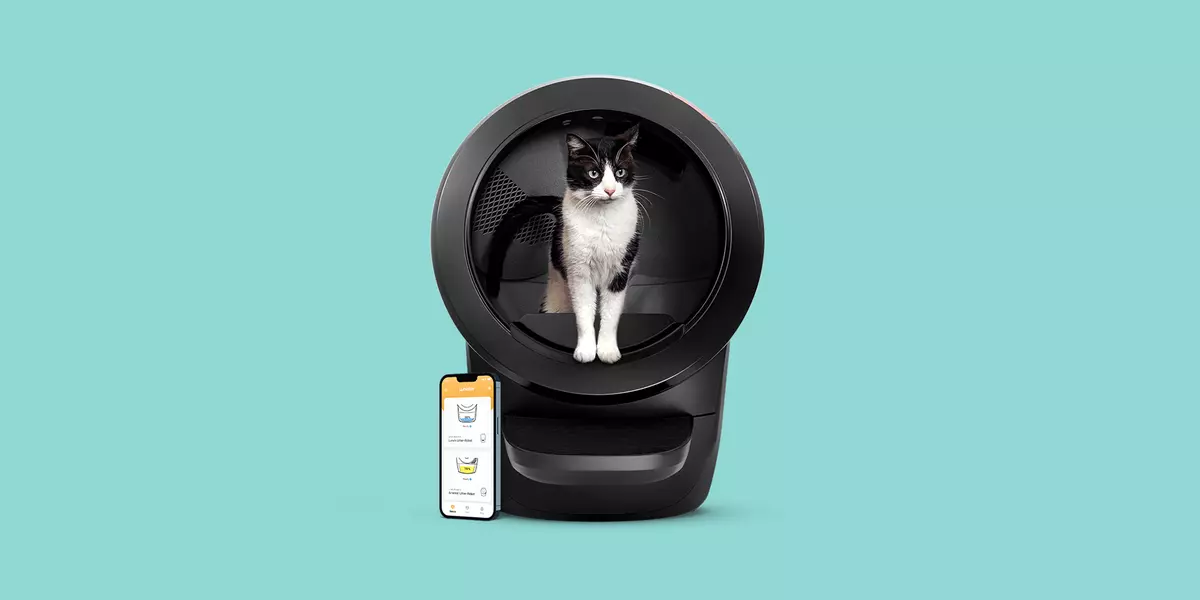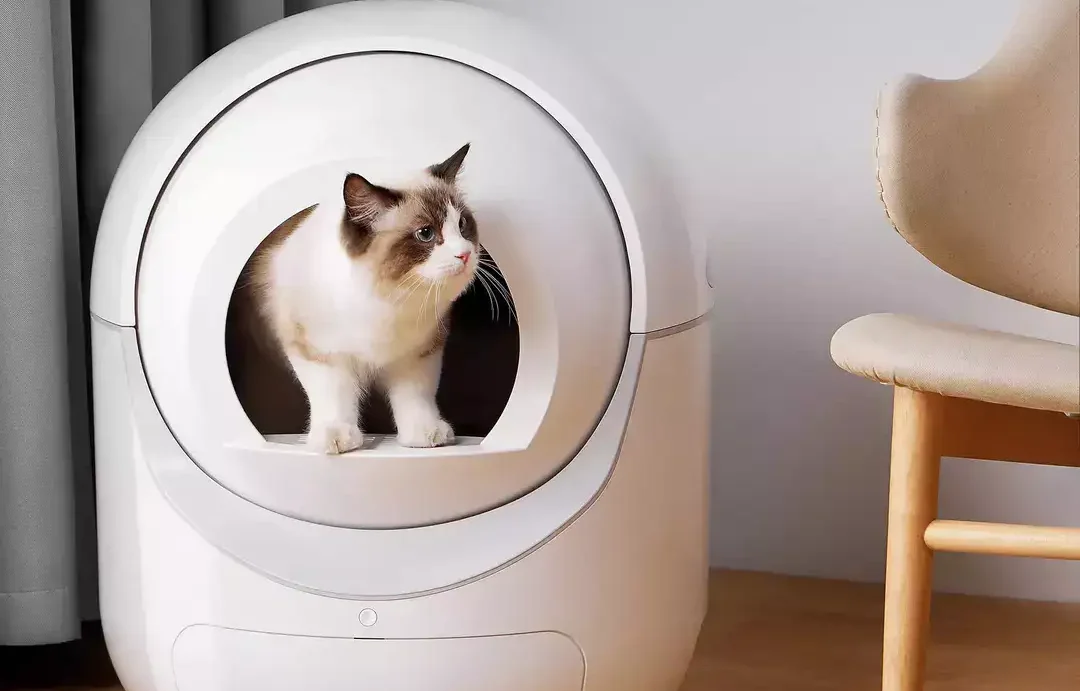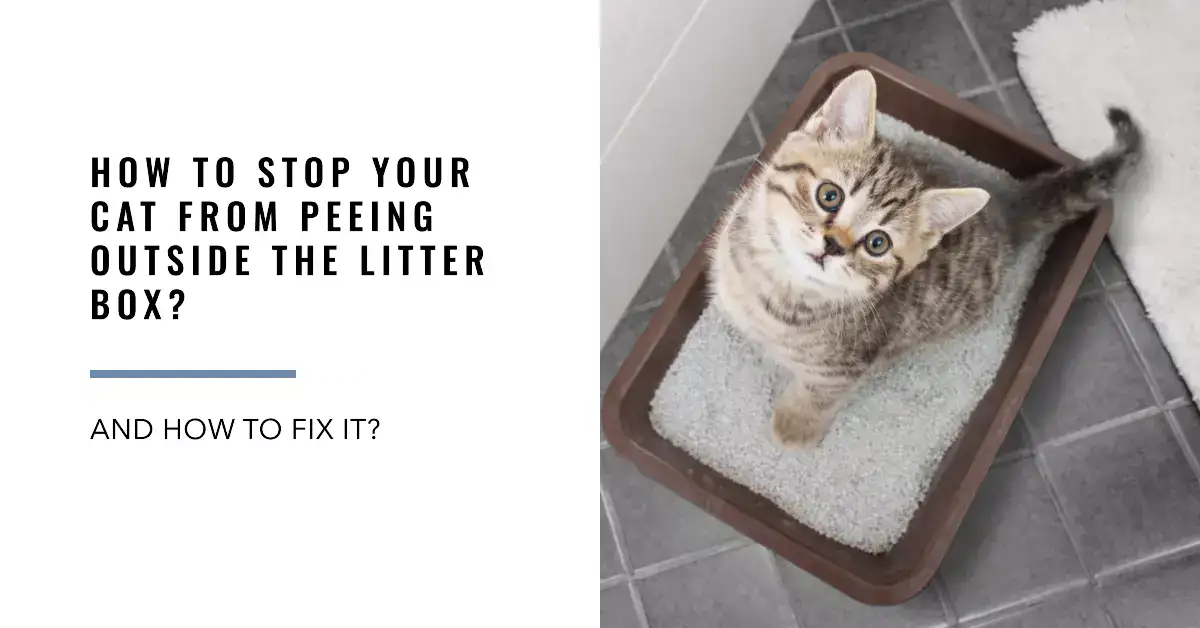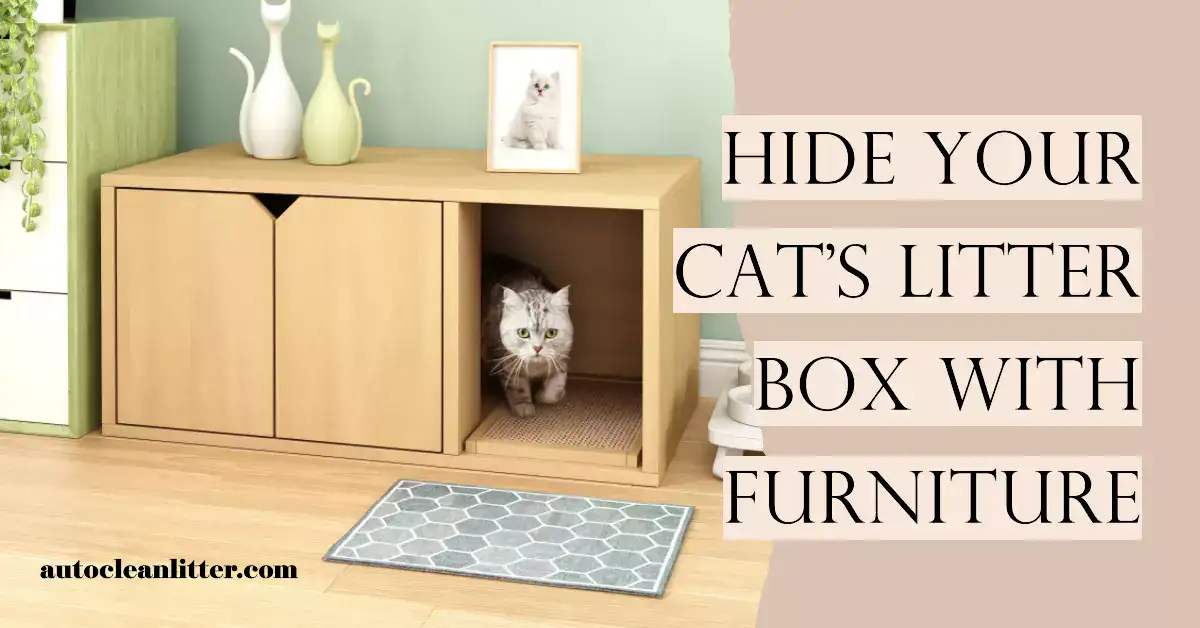As a proud kitten parent, safeguarding your little furball from pests is likely one of your top concerns. Kittens, with their natural curiosity and playful spirit, are particularly prone to encountering harmful bugs and parasites. Understanding how to protect them from these nasties is essential for their health and well-being. This comprehensive guide will delve into the common bugs that affect kittens, the symptoms to watch for, and the best prevention strategies to keep your kitten safe and healthy. With expert insights from veterinarians and practical tips for cat owners, you’ll be well-prepared to combat these unwelcome guests.
The Common Bugs That Affect Kittens
Various pests can invade your kitten’s living space, each posing different risks to their health. Understanding these common bugs will help you identify potential threats early on. Here is a thorough examination of the most prevalent foes:
1. Fleas
Fleas are perhaps the most notorious parasite affecting kittens. These tiny, agile insects can inflict considerable discomfort due to their bites, resulting in itching and irritation. Kittens infested with fleas may experience increased anxiety and restless behavior. Beyond just causing discomfort, fleas can transmit various diseases, such as tapeworms. If you suspect your kitten has fleas, you might notice black specks in their fur or on their skin—these are flea droppings. Also, frequent scratching and biting at the skin are excellent indicators of a flea problem.
2. Ticks
Ticks are another significant threat, particularly for kittens who wander outdoors. These blood-sucking parasites attach themselves to the host and can transmit severe diseases like Lyme and ehrlichiosis. Ticks are often found in long grasses and wooded areas, making them a serious concern for adventurous kittens. If you find a tick on your kitten, promptly and safely remove it using a tick removal tool, and consult your veterinarian to rule out any possible diseases.
3. Mites
Ear mites are particularly common in young kittens. These microscopic parasites live in the ear canal and feed on wax and skin. Symptoms of ear mite infestations include excessive scratching of the ears, shaking of the head, and a dark discharge that resembles coffee grounds seen in the ear. While it can be easily treated with medicinal ear drops prescribed by a veterinarian, quick detection is crucial for minimizing discomfort for your pet.
4. Worms
Several types of worms can affect kittens, including roundworms, tapeworms, and hookworms. Each type has its own transmission method, but all result in serious health issues if left untreated. Symptoms may include pot-bellied appearance, weight loss, and changes in appetite, as well as visible worms in the feces or around the anus. Regular deworming and proper hygiene are essential for reducing the risk of worm infestations.
5. Flies
Flies, particularly in warmer months, can also pose risks to kittens, as their larvae can infect open wounds or scratches. Keeping your home clean and making sure your kitten is indoors during peak fly activity can help mitigate this risk. Regularly check for any injuries on your kitten’s body, as flies are attracted to fresh wounds. If a fly lays its eggs, it can lead to serious infections that require veterinary intervention.
Symptoms of Bug Infestation in Kittens
Knowing how to recognize the symptoms of bug infestation can help you act quickly, ensuring your kitten receives the care they need. Vigilance is key; observe any changes in behavior or physical health. Here are some signs to look for:
Behavioral Changes
Increased scratching or biting at their skin is one of the most common behavioral signs indicating the presence of parasites. Kittens may become anxious, agitated, or restless if they are uncomfortable due to bug bites. They may also avoid activities they typically enjoy, such as playing or grooming themselves.
Physical Symptoms
Physical signs of bug-related issues vary depending on the specific parasite. Look for:
- Fleas: Visible fleas or flea dirt, excessive grooming, hair loss, and red, irritated skin.
- Ticks: The presence of the tick itself and symptoms of lethargy or inflammation around the bite site.
- Earmites: Dark discharge from the ears, shaking the head, or holding the head at an unusual angle.
- Worms: Visible worms in feces, bloated abdomen, diarrhea, and vomiting.
- Flies: Signs of infection, including redness, swelling, or discharge from any open wounds.
How to Protect Your Kitten from Bugs
Prevention is always better than cure when it comes to protecting your kitten from pests. Here’s how to effectively safeguard your furry friend against fleas, ticks, worms, and other bugs:
1. Regular Veterinary Check-ups
Routine veterinary visits are crucial for keeping your kitten healthy and bug-free. Your veterinarian can conduct necessary tests and provide vaccinations and preventive medications, including flea and tick control products, that are safe for young pets. Having a professional evaluation every few months can help catch any potential infestations early.
2. Flea and Tick Preventatives
Applying veterinarian-recommended flea and tick preventative treatments can significantly reduce the risk of infestations. Options include topical treatments, collars, and oral medications. Always consult your vet to choose the best and safest option for your kitty.
3. Maintaining a Clean Environment
Regular cleaning of your kitten’s living space is a proactive way to eliminate potential bug habitats. Vacuum floors, wash bedding frequently, and ensure litter boxes are kept clean. Dispose of waste promptly and consider using flea- and tick-repellent cleaning products. Making your home less inviting for bugs creates an inhospitable environment for unwelcome visitors.
4. Outdoor Supervision
If your kitten enjoys spending time outdoors, supervise their playtime to monitor for any signs of bugs. Consider using a leash and harness to limit their exposure to grass and wooded areas, where fleas, ticks, and other parasites are more prevalent. When returning indoors, inspect your kitten for any bugs and ticks that may have hitchhiked on their fur.
5. Proper Grooming
Regular grooming is not only essential for hygiene but also allows you to perform thorough checks for pests. Brush your kitten often, inspecting their fur for any signs of fleas, ticks, mites, or other parasites. Keep your kitten’s fur short, especially in sunny and warm months, to help reduce the likelihood of infestations.
6. Nutrition and Health
A strong immune system can help your kitten fight off potential bug-related issues. Ensure you are feeding your kitten a nutritious diet that supports their overall health. Consult with your veterinarian for recommendations on high-quality kitten food, keeping in mind their age, breed, and any dietary restrictions.
7. Parasite Control Protocols
Implement parasite control protocols, including regular deworming schedules as recommended by your veterinarian. Each type of worm may require specific treatments, and staying on track with these can help prevent infestations from taking hold.
What to Do If Your Kitten Gets Infected
If you discover that your kitten has been affected by bugs, acting immediately is imperative to minimize discomfort and prevent further health issues. Here’s what to do:
1. Remain Calm
While it can be distressing to find bugs on your pet, keep calm. Many infestations can be treated effectively with proper care.
2. Remove Visible Bugs
If you observe fleas or ticks, use appropriate removal tools and follow instructions whether you are using a flea comb or a tick removal device. Always refer to your veterinarian if you’re unsure.
3. Schedule a Vet Appointment
Promptly schedule a veterinary appointment to ensure your kitten receives the right treatment. The vet may prescribe topical solutions, oral medications, or other treatments depending on the severity of the infestation.
4. Monitor Symptoms
Track your kitten’s symptoms and behavior after treatment. If they continue to scratch excessively or show unusual behavior, a follow-up appointment may be necessary.
Conclusion
Protecting your kitten from bugs is vital for their health and happiness. By understanding the various bugs that could pose a risk and implementing effective preventive measures, you can help ensure your furry friend remains safe from these nuisance critters. Regular veterinary care, proper grooming, a clean environment, and swift action if bugs are detected will go a long way in maintaining your kitten’s well-being. As a loving and responsible pet owner, arming yourself with knowledge and action will provide peace of mind and a happier, healthier life for both you and your kitten.





























